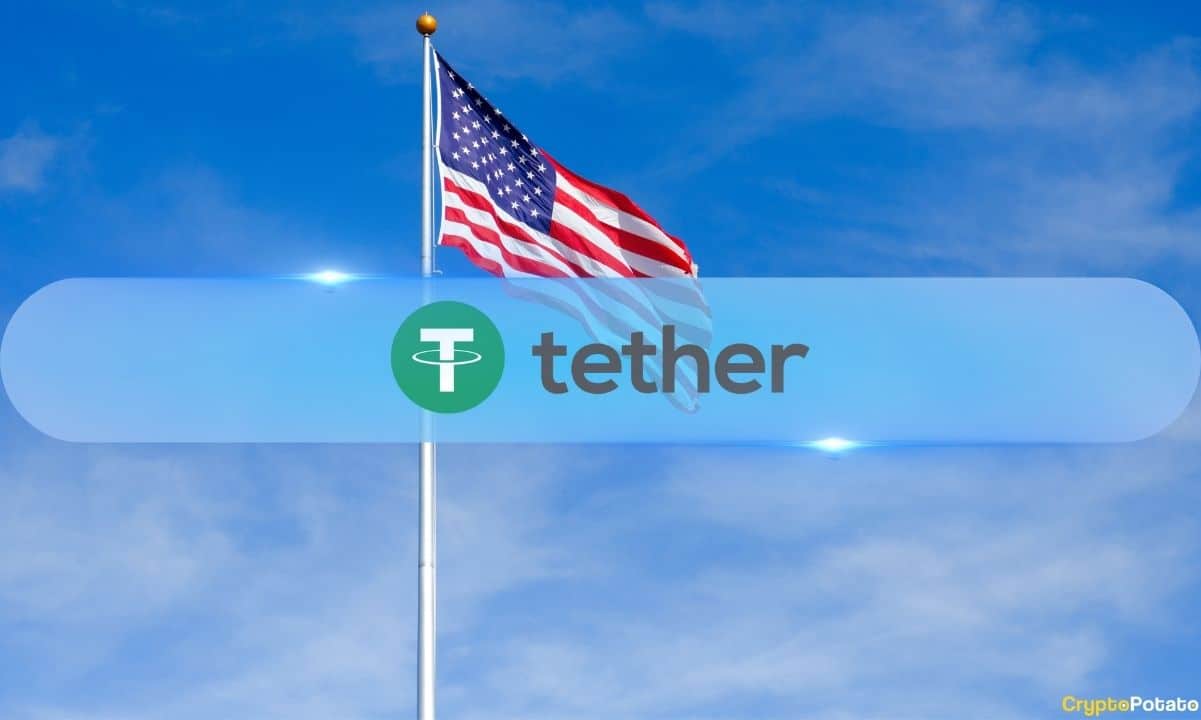
The stablecoin behemoth is benefiting from the easing of crypto regulations in the world’s fourth-largest country by landmass.
Despite numerous roadblocks, the company says its main priorities remain growth, expansion, and cooperation.
The Road Ahead
In a July 23rd interview with Bloomberg, the CEO of the company, Paolo Ardoino, shared his plans for broading within US soil, after the most recently passed stablecoin regulation, The Guiding and Establishing National Innovation for US Stablecoins (GENIUS) Act.
The goal is to provide a regulated product specifically designed for institutional use, including trading infrastructure, bank settlements, and payments, suggesting that a US-specific stablecoin may be in development.
“We are well in progress of establishing our U.S. domestic strategy,” Ardoino noted in the interview.
“It’s going to be focused on the U.S. institutional markets, providing an efficient stablecoin for payments but also for interbank settlements and trading.”
This approach appears to be a good fit for the firm, as it continues to expand into emerging markets in Latin America, Asia, and Africa, with its relocation to crypto-friendly El Salvador being a notable example.
Ardoino has previously noted that Tether has no plans to go public, unlike its biggest stablecoin rival, USDC, which saw its parent company, Circle, do so last month. Instead, Tether will focus on building further partnerships.
The expansion into the United States will require rigid compliance with anti-money laundering standards and regulatory bodies, as the company has faced legal challenges in the country previously.
There is still an ongoing investigation by the U.S. Justice Department and the Manhattan U.S. Attorney’s office, initiated in 2018, alleging that the firm was used for money laundering, sanctions evasion, or illicit fund transfers.
Additionally, a case from 2019 concluded after two years of proceedings, with the claim that the Bitfinex exchange had not disclosed an $850 million loss and used Tether’s stablecoin, USDT, to cover it up.
As a result, both parties were required to pay an $18.5M fine and cease operations in New York. No admission of guilt was made.
On The Good Side of The Law
Tether appears to be in a “tug-of-war” kind of relationship with various authorities and regulatory bodies, as it has been actively involved in several initiatives. Most recently, it was praised for freezing $1.6 million with ties to terrorist financing in a Gaza-based financial network.
Last month, it assisted the U.S. Department of Justice (DOJ) in a crackdown on a global “pig butchering” scam. Earlier this year, the T3 Financial Crime Unit (T3 FCU), an alliance between Tether, Tron, and TRM Labs, seized $100 million tied to criminal activities.
“Tether’s strength lies in the transparency of blockchain technology and our ability to act decisively when abuse is detected.
Unlike traditional financial systems, where illicit flows often go unseen, USDT is traceable, transparent, and accountable.” – CEO, Paolo Ardoino said.
Binance Free $600 (CryptoPotato Exclusive): Use this link to register a new account and receive $600 exclusive welcome offer on Binance (full details).
LIMITED OFFER for CryptoPotato readers at Bybit: Use this link to register and open a $500 FREE position on any coin!

